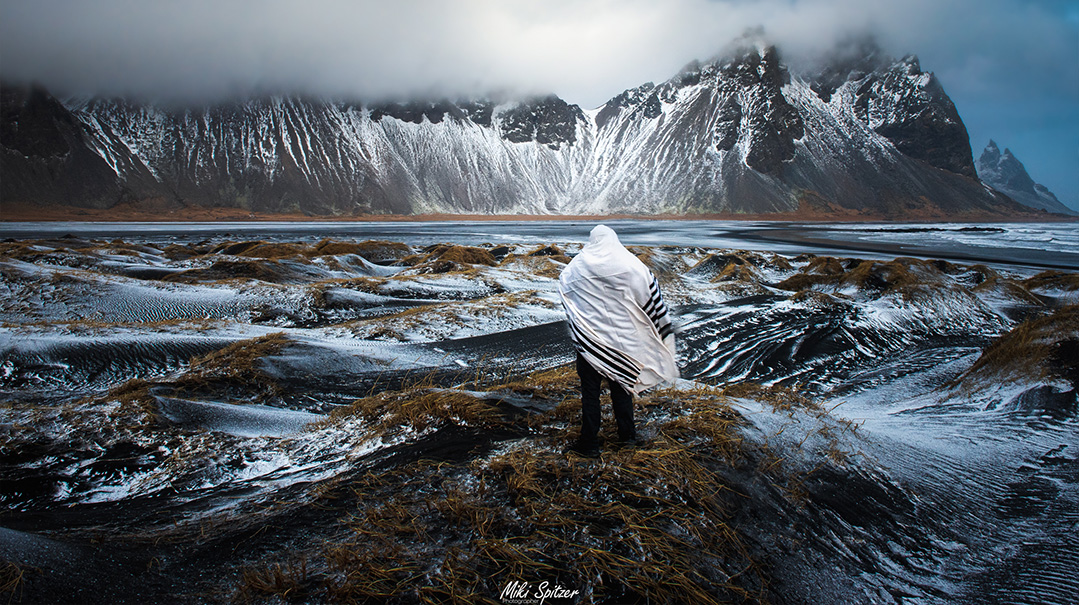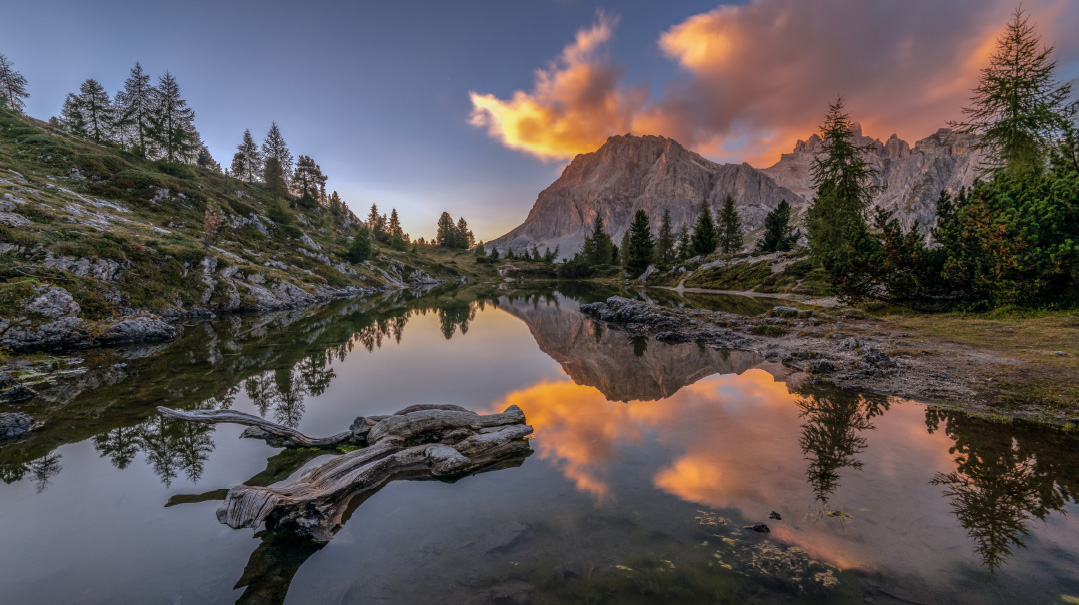Shot in the Dark
| September 20, 2022Miki Spitzer braves extreme conditions to shoot his spectacular nature prints, but never loses sight of the Artist behind the beauty

Text and photos by Miki Spitzer
Picture Perfect
The Dutch air outside is cool from the night chill. It’s still very early, but I’m out hoping to catch what professional photographers term the “blue hour” — the twenty minutes to half an hour before sunrise. I’ve chosen the location after scouting out the area the day before, and now I position the tripod across from a field of tulips. Rows and rows of flowers are lined up as far as the eye can see, melting into a thin mist that lingers over the horizon with delicate pastel shades. Only the arms of a lone windmill rise in the air toward the rising sun.
I feel a sense of mission. My pictures bring the beauty of Hashem’s creations to those who aren’t there to see it, or weren’t blessed with the gift of discerning potential beauty in nature. We’re always surrounded by beauty — we just have to keep our eyes open to see it.
I began my photo journey in the colorful salt formations of the Dead Sea. From there, I continued to Dubai (this was before the Abraham Accords, when it wasn’t simple for an Israeli to get in). Then I moved on to the grey, misty mountains of northern England. National Geographic was impressed by the photos, and that’s how I became the first chareidi photographer to have my work published there. Later, my photos were also displayed in prestigious international exhibits and forums.

Occupational Hazards
Getting the perfect nature shot can involve intense effort, even risk. When I was trying to capture the Milky Way in the middle of the night from the Nitzana Hillocks, near the Israeli-Egyptian border, I found myself pursued by a posse of border smugglers who probably weren’t enamored with the idea of a photographer in their territory.
Another time, I was searching for a waterfall in the Dolomite Mountains in Italy and got lost. I wound up spending the night up on the mountain near a locked hunter’s cabin in teeth-chattering cold. But I did get some fantastic sunrise shots the next morning.
Oops! We could not locate your form.







